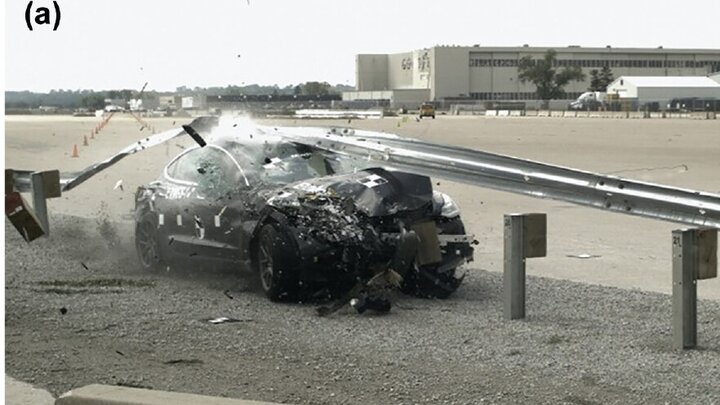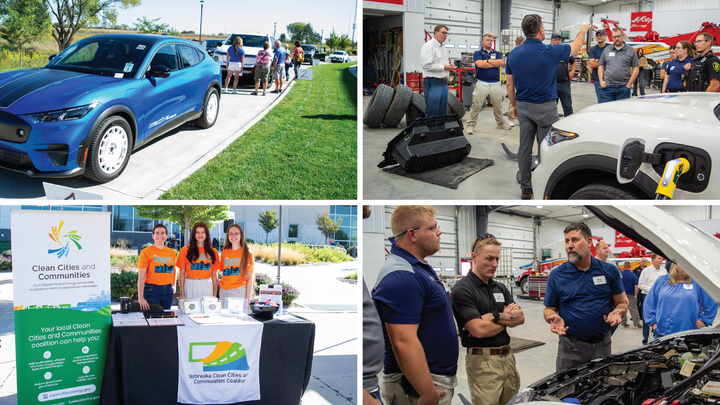“Evaluation of Run-off-Road Crashes Involving Battery-Electric Vehicles” was published in the Transportation Research Record in July, 2024. Authors Dr. Cody Stolle, Dr. Mojdeh Majauh, Jada Iwuoha, Dr. Karla Lechtenberg, and Samantha White from the Midwest Roadside Safety Facility look at the structure of Battery-Electric Vehicles (BEVs) to study what factors affect their crashworthiness with roadside features. The project involved a crash test to compare crash conditions for BEVs and internal combustion engine vehicles (ICEVs), as well as hybrid-electric vehicles (HEVs) with variables consisting of numbers of vehicles, posted speed limits, crash locations, time of day, weather conditions, crash severities, and roadside fixed objects struck. Data was collected from eight state departments of transportation (DOTs) including vehicle identification numbers or make, mode, and year combinations to determine vehicle types and compare the crash frequencies of BEVs, ICEVs, and HEVs. There were no substantial differences observed, recommending impact conditions described in the Manual for Assessing Safety Hardware be utilized during preliminary evaluation of roadside hardware using electric vehicles.
Midwest Roadside Safety Facility has completed four tests since September 2023 to collect data on how different guardrails can withstand electric vehicles. One of the tests from July of this year was featured in a 10/11 Now news article.
CBS covered the testing of a 7,000 pound electric pickup, where the barriers contained the collision, but chunks of concrete were sent flying and several of the barriers were pushed back.




